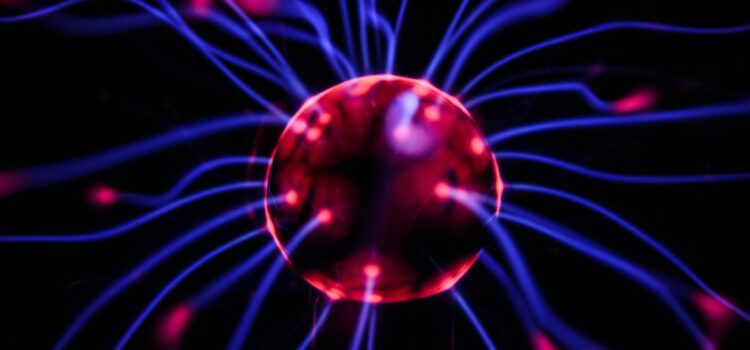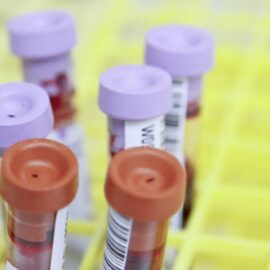

This article is an excerpt from the Shortform summary of "Brain On Fire" by Susannah Cahalan. Shortform has the world's best summaries of books you should be reading.
Like this article? Sign up for a free trial here .
What are autoimmune seizures and autoimmune epilepsy? Was this what Susannah was suffering from in Brain on Fire?
Autoimmune epilepsy and autoimmune seizures are both related to potential attacks on and by the immune system. For a long time, doctors weren’t sure what was going on with Susannah.
Read more about her symptoms that looked like autoimmune epilepsy.
Autoimmune Seizures
Susannah returns to the newsroom. To get a better idea of what’s going on, Angela invites Susannah to go to a nearby bar at a local hotel, where they can talk. En route to the bar, Susannah has a panic attack. She’s overcome by fear and begins to sob.
Finally, they reach the bar. The abstract patterns in the carpet merge and swirl in front of Susannah’s eyes. She tries to ignore it, but when Angela asks her what’s really going on, Susannah finally admits that something is happening to her but she doesn’t know what it is.
That night marks a turning point. Her thoughts run wild. She paces and chain-smokes. She gags over dinner. She’s consumed by the desire to escape. Though she hasn’t slept in three days, she can’t fall asleep. She tries watching a cooking show, then everything goes hazy. Susannah has her first seizure.
Susannah would go on to have many more seizures, but her first seizure marked a division between a period of time she could remember and a month-long stretch of oblivion that she would not be able to recover without the aid of hospital records, her friends, family, doctors, and video recordings made in the hospital.
Monitoring for Autoimmune Epilepsy and Other Conditions
Susannah is admitted to NYU Langone’s Advanced Monitoring Unit (AMU), for patients with severe epilepsy, including autoimmune epilepsy. It has been ten days since her first seizure.
At the AMU, patients are monitored 24 hours a day via electrodes implanted in their brains and two cameras over each bed—physical and electrical evidence of seizure activity. The hospital discards most of the footage, keeping only seizures and abnormal events. These recordings will be crucial to Susannah’s reconstruction of her illness once it has passed.
During her first few hours on the floor, Susannah is fitted with electrodes and given a little pink backpack holding her own EEG monitor. Allen arrives, and Susannah screams at the nurses to get him out of her room. She does the same when her father arrives, telling a neurologist that he’s playing tricks on her and is not her father but an imposter.
Dr. Najjar has a flash of insight: what if Susannah’s inflammation is the result of an autoimmune reaction? What if her own immune system is attacking her brain? This would mean autoimmune seizures. He recalls a paper written by a Dr. Dalmau at the University of Pennsylvania, describing four young women stricken by a rare autoimmune disease. Could Susannah have the same condition?

———End of Preview———
Like what you just read? Read the rest of the world's best summary of Susannah Cahalan's "Brain On Fire" at Shortform .
Here's what you'll find in our full Brain On Fire summary :
- How a high-functioning reporter became virtually disabled within a matter of weeks
- How the author Cahalan recovered through a lengthy process and pieced together what happened to her
- How Cahalan's sickness reveals the many failures of the US healthcare system






